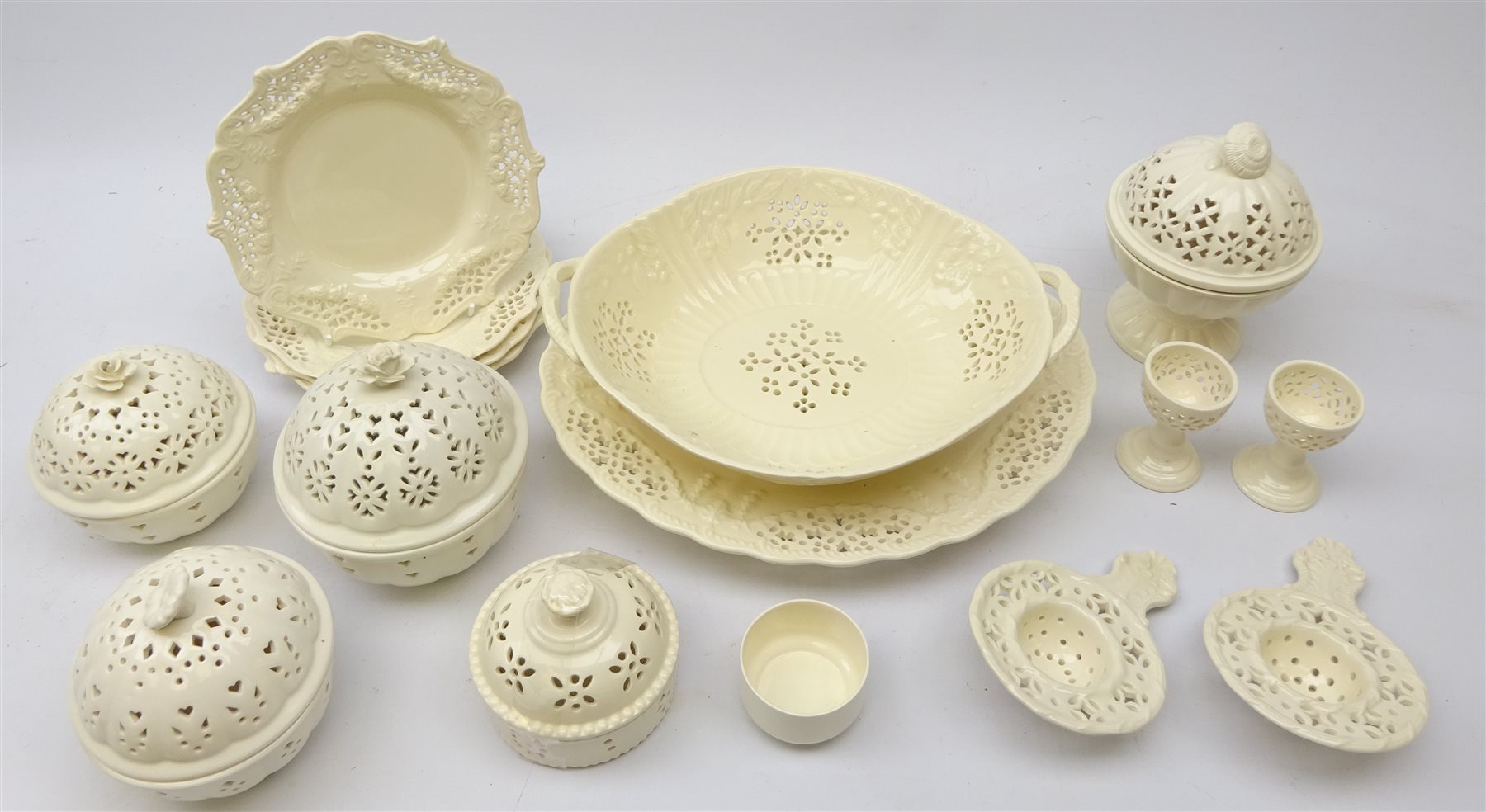

It is made from a type of petunse, also called china stone, mixed with kaolin, also called china clay. In the West, porcelain is theoretically distinguished from stoneware by its translucency, but not all porcelain is translucent, and that is not how it is judged in China, which is where it originates. 1765–70, in soft-paste porcelain Sepia Times/Universal Images Group via Getty Images Stoke-on-Trent in Staffordshire, which is essentially six towns joined together, has been the capital of pottery in Britain for the past 300 or so years, and is where historical British manufacturers such as Wedgwood, Spode and Burleigh still have their factories (as well as more contemporary brands, such as Emma Bridgewater, and Alice Peto.) Which isn’t to say that all pottery is or has been made there –but the local availability of clay, salt, lead and coal made Stoke especially well-positioned.Ī Worcester chestnut basket c. The Potteries (also known as Stoke, Stoke-on-Trent, and Staffordshire) “The best way to buy pottery is in a coup-de-foudre situation,” says Benedict. So here is our brief guide to the essentials - although you don’t have to be too purist. What all are agreed on is that the terms of pottery and ceramics can be confusing even for experienced collectors, and if you’re shopping via Instagram or search engine (which will take you to wherever the pieces are, whether eBay, 1st Dibs, or a dealer) you need to know which words to use.

“You might buy an early Victorian piece and it could exist as it is for another thousand years - or you might drop it.” And then there’s the allure, which is wrapped up with “An interesting tension between its being eternal, and being ephemeral,” says antiques dealer Benedict Foley of Foley and Prin. You can arrange vintage cabbage ware on your dresser, employ a chipped 1950s Spode jug as a loo brush holder, and keep a creamware seashell by the front door as a receptacle for keys. You can buy an entire 18th century Wedgwood dinner service – and eat from it – or a single lustreware mug and look at it. There’s also no end of possibility when it comes to use. Not only is it ubiquitous - there are more antique objects made of earthenware, stoneware or porcelain than any other material in the world – but there is a huge variety to the prices, ranging from free (what you find in the attic) to affordable (markets, junk shops, some antiques shops and decorative fairs) to eye-watering (other antiques shops and fairs, major auction houses). There’s an element of equal opportunity to collecting vintage and antique pottery.


 0 kommentar(er)
0 kommentar(er)
